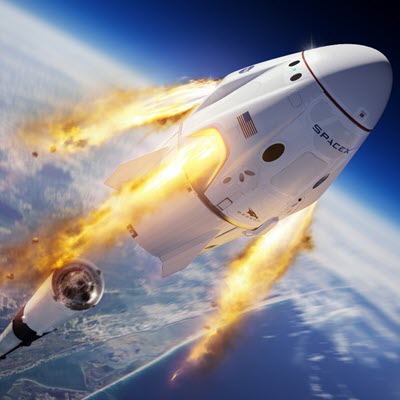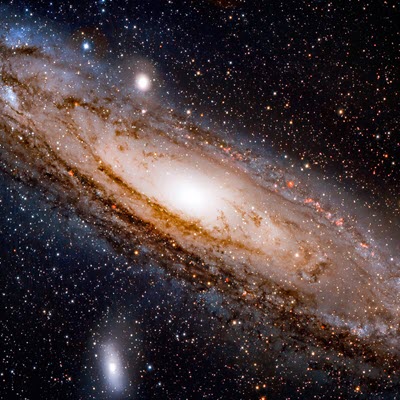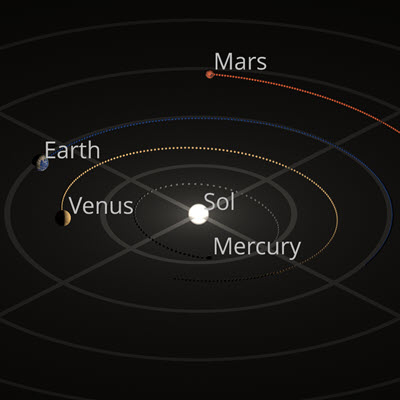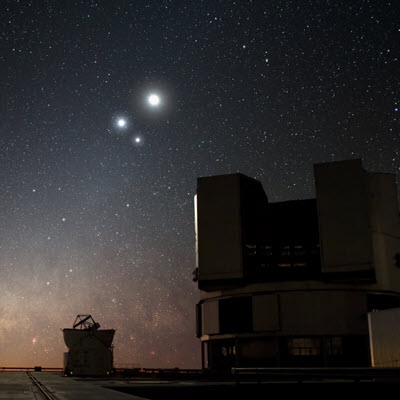Head in the stars: how maths is used in astronomy
If you’re dreaming of a career in the growing space sector, then maths will be crucial. Find out how maths is used in astronomy.
We are at the starting line for a new space race right now. The last space race was all about countries locked in political conflict – the Cold War – racing to get to the Moon as a kind of symbol of technological advance. They wanted to say: ‘We are the best! We got there first!’
The new space race, however, is all about commercialising space – that means companies making money from space and space travel. Gone are the days of big governments being the only ones with time, energy and money needed to get a rocket into the atmosphere. Since the first satellite, Sputnik, was launched into orbit in 1957 and up until the year 2010, about 60 to 100 satellites were launched around the world every year. But the increase in demand for data for everything from telecommunications to mapping technology has led to a satellite boom over the past 12 years.
In 2021 alone, more than 1,400 satellites were launched around the world. Elon Musk’s company SpaceX, by itself, has sent up more than 1,700 satellites in the last five years.




Maths makes it happen
All of this amazing space exploration relies on smart mathematicians and astronomers who are responsible for everything from measuring the distance between stars and planets to calculating the thrust, speed and trajectory of objects we need launched into space.
Dr Ilana Feain is an astrophysicist who has worked in senior roles at Australia’s top research body, the Commonwealth Scientific and Industrial Research Organisation (CSIRO). She says maths is the language of physics and a crucial part of understanding celestial bodies.
‘In astronomy we use algebra, calculus, statistics and probability but also trigonometry and logarithms to calculate things like movement, distances and even the chemical characteristics of distant stars and galaxies,’ she says.
‘When you are looking at the most distant objects in the universe you need to know what the probability is that what you are seeing is real and not just a noisy spike in your data. That is based on the mathematics of statistics and probability.
‘Then you might want to measure the position of a galaxy and its distance in 3D from another galaxy – here you need trigonometry and calculus built on top of your probability and statistics. Closer to home you may want to calculate the trajectory of a rocket or a satellite in orbit, how much energy you need to launch through the atmosphere, how strong the materials building those systems need to be to withstand that process, how fast and what angle the projectile needs to exit the atmosphere to get into the orbit you have designed and to stay there. That is all physics and maths too.’
Ilana has used her knowledge of this kind of maths to work on projects from measuring stars and distant objects, to looking inside the human body. Once you understand the tools of observation, there is no saying how many new ways you might discover you can use them.
In astronomy we use algebra, calculus, statistics and probability, but also trigonometry and logarithms to calculate things like movement, distances and even the chemical characteristics of distant stars and galaxies.